Reviewing Transport Security Expo 2016 at London Olympia
The UK Security Expo, held this year in the National Hall at London Olympia from 30th November to 1st December, is regarded as a premier global security showcase attracting an audi...

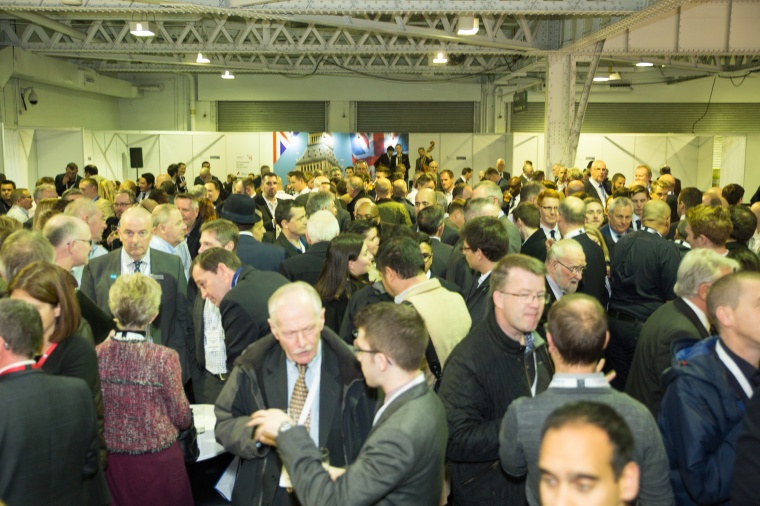

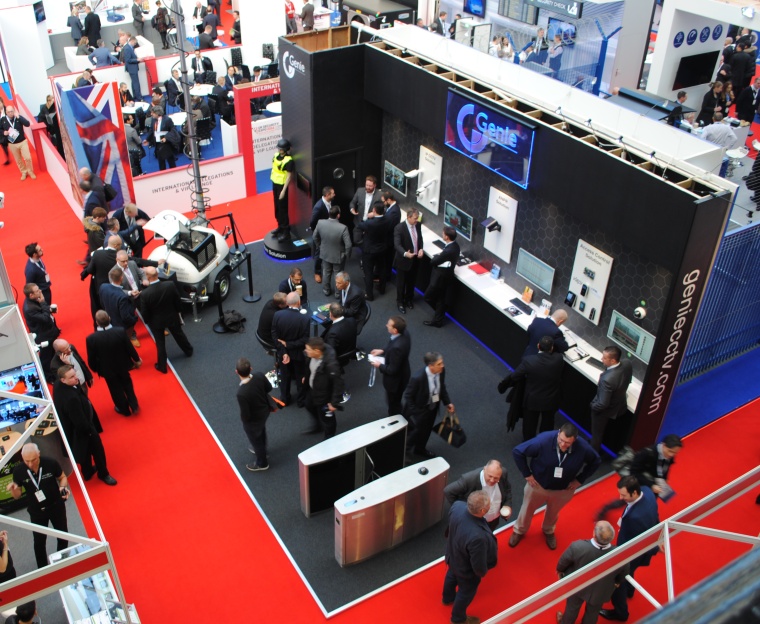

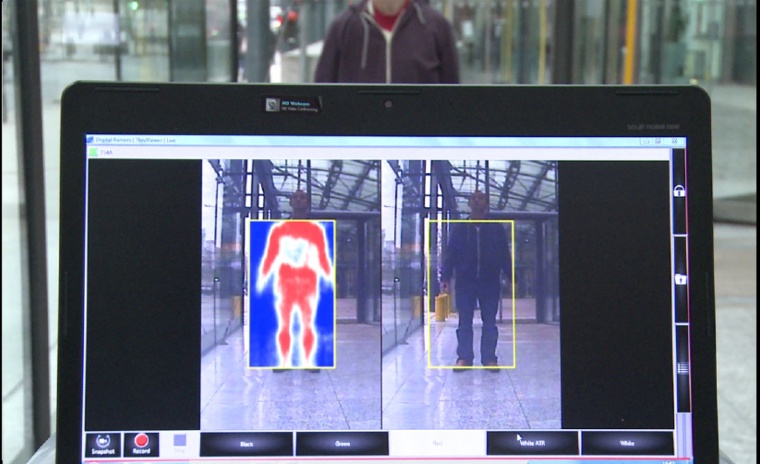
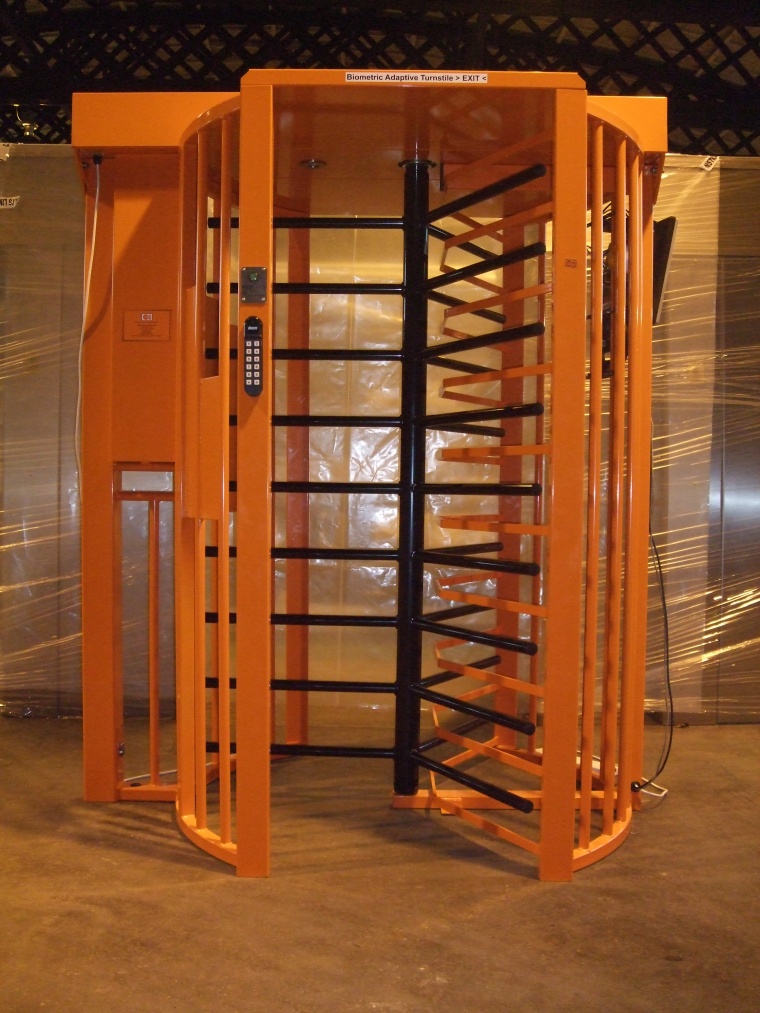
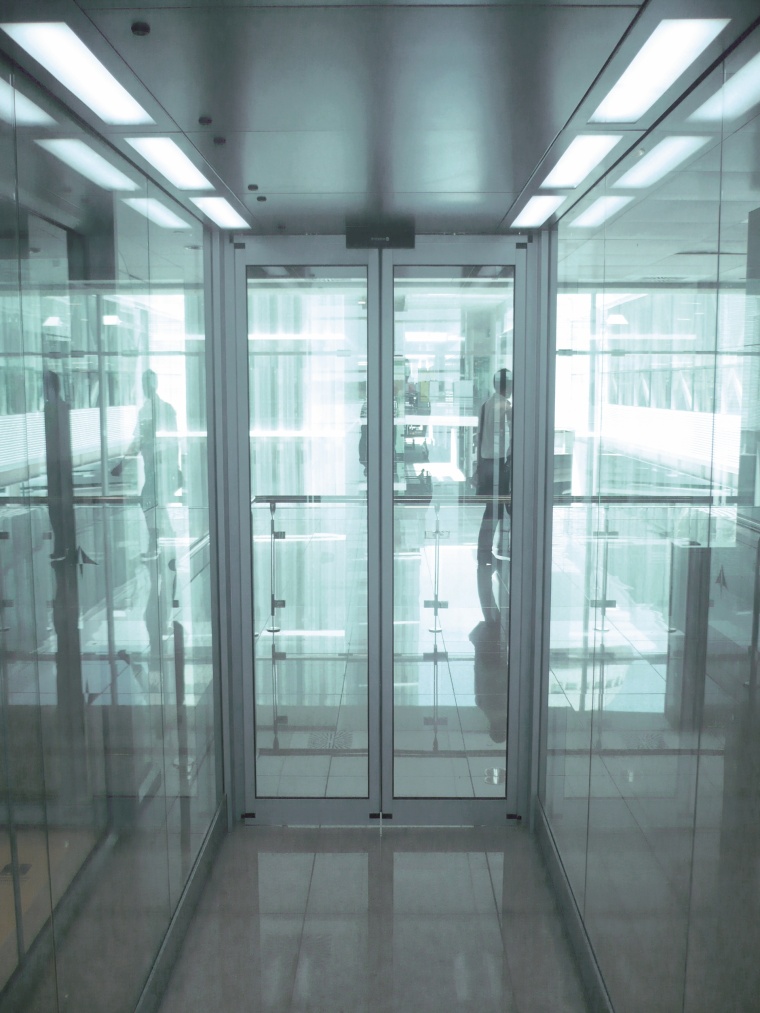
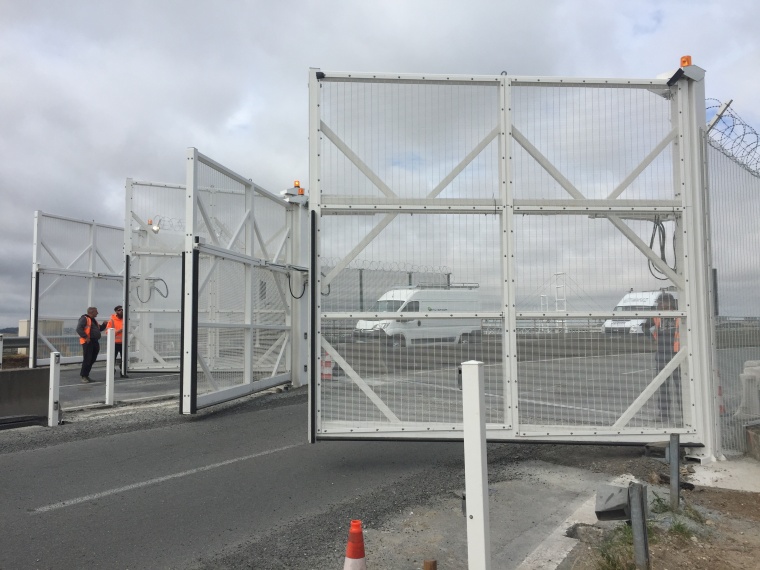
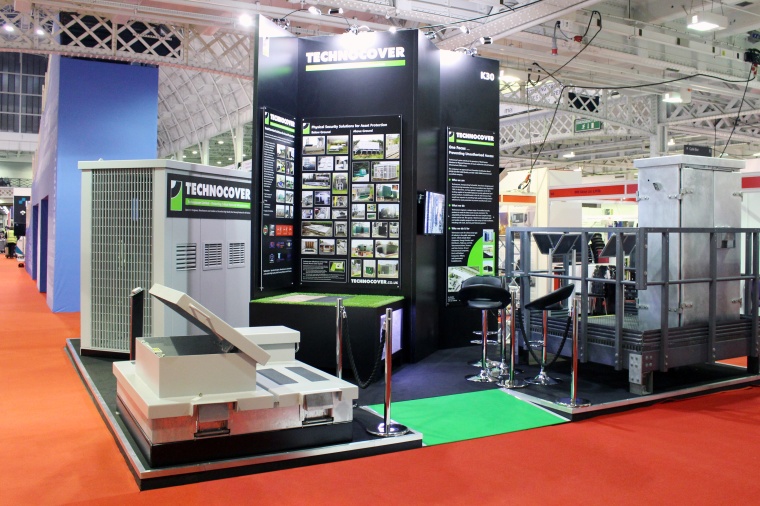
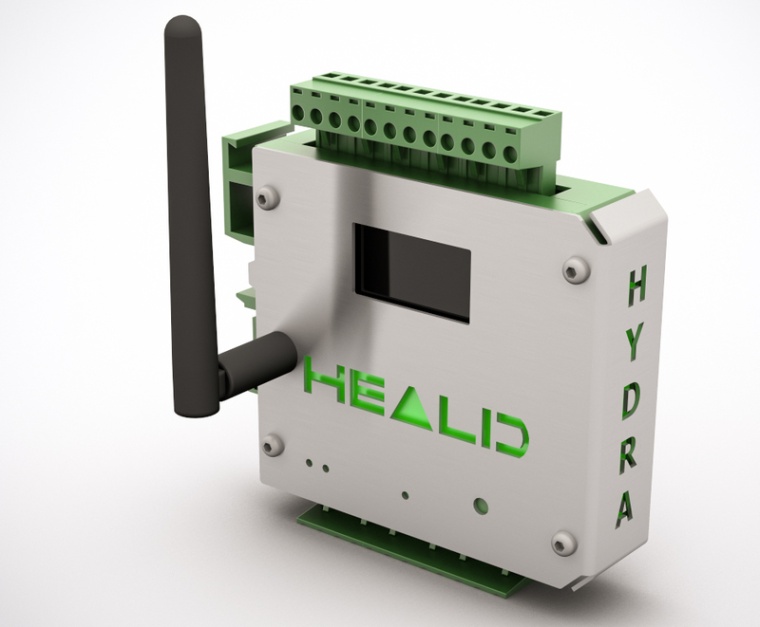
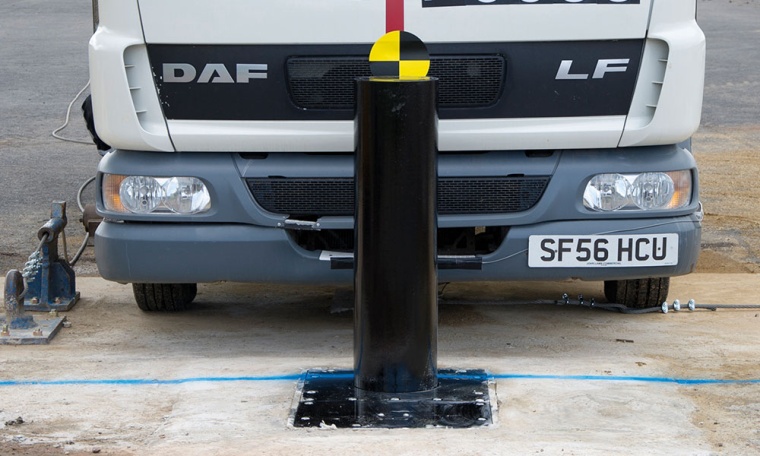
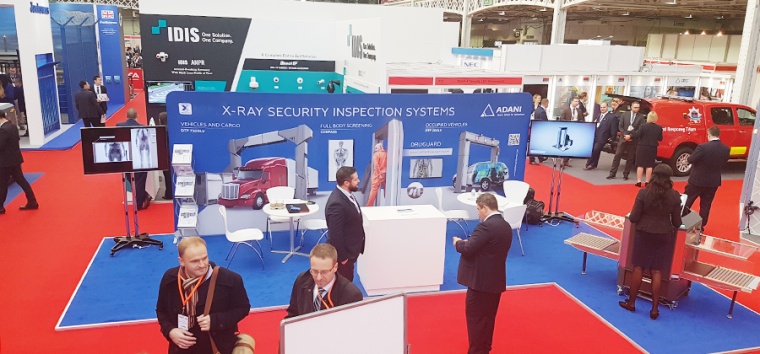
The UK Security Expo, held this year in the National Hall at London Olympia from 30th November to 1st December, is regarded as a premier global security showcase attracting an audience from government, transport, intelligence, defence, law enforcement, emergency services, critical national infrastructure and the private sector. A series of conferences and workshops covered end-to-end security from system design to security technologies to attack response capabilities.
Attendance figures for the UK Security Expo have been declared at 7,132. Visitors travelled from 81 countries for the two-day event, which saw a 49% increase in visitors year-on-year. The Chief Executive Peter Jones, who has overseen the transition of Transec into UK Security Expo, believes that its undoubted success highlights the need for a high-end, large-scale security event which can bring a global audience of the heads of public and private sector security to London.
He declared: “The UK Security Expo was an exceptional event. We hosted over 7,000 attendees during the course of the two days, including senior ministers – UK Security Minister Ben Wallace MP, Secretary of State Rt Hon Dr Liam Fox MP, and Transport Minister for Aviation Lord Ahmad of Wimbledon.
“We also delivered over 300 scheduled face-to-face meetings, 39 officially hosted country delegations working in cooperation with the UK Department for International Trade's Defence & Security Organisation, six high-level conference programmes, workshops and live demos and features including the Prime Contractors’ Capability Lounge, the Prime Engagement Programme, the UK Ministry of Defence’s Defence Innovation Initiative, and the Perimeter Security Solutions Lounge.
“One of the most popular features was the Crowded Places Demonstrator, in association with the Home Office Joint Security and Resilience Centre and the Centre for the Protection of National Infrastructure (CPNI), which used the venue itself as the place to be protected.”
Of all the stands in the National Hall at Olympia, GIT Security Magazine has picked out just ten to highlight below, from among those which offered the most innovative product solutions of value and interest to our readers.
Many stands featured complementary partner technologies, and a good example of this was the Titan Vision brand of Visual Management Systems Ltd (www.titan-vision.com), headquartered at Cambuslang, Glasgow, and a member of Paul Hennings’ IP User Group.
Jay Shields, the company’s Managing Director, explained: “Although this was the first experience of the UK Security Expo for us, I believe that it was a significant opportunity for both the Titan Vision team and our partners Matrox Electronics, DAS Business Furniture, Content Wall for the monitors and mounting systems, and 360 Vision Technology.
“The booth was designed to represent a small section of a command-and-control room, with operator console and controls, a 92in Titan Wall video display, and all running the flagship Titan Vision PSIM (Physical Security Information Management) software platform with live CCTV camera feeds, plus the CPNI-secured version Titan Secure.”
The firm’s Sales Director John Downie was enthusiastic about the UK Security Expo: “The level of interest was quite outstanding. Demonstrations were well attended on both days, with particular interest in high-level integration, cyber security and data management. Clearly this type of solution will have substantial impact on securing critical infrastructure over the coming years. With visitors from across the globe representing several of our key target market areas, the event proved extremely valuable, and we will be back for the 2017 event.”
Another British company in the CCTV field, Genie CCTV of Welwyn Garden City (www.geniecctv.com), returned to the Expo this year to showcase a variety of security solutions ranging from IP CCTV, access control and ANPR all the way to body-worn cameras, remote monitoring and in-motion identification.
Genie designs, develops and manufactures CCTV video and access control solutions which it distributes to a global customer base. Successfully engaging with the retail, healthcare, rail, haulage, aviation and sea freight industries, Genie is widely regarded as the premier choice for meeting their security needs.
With a corporate HQ at Rishon Lezion, Israel, FST Biometrics’ In-Motion Identification™ (IMID) technology (http://fstbm.com/products/imid-access) was showing face recognition and body behaviour analytics, in order to swiftly identify authorised users. FST solutions were stated to increase the level of operational efficiency for organisations, affording faster entry / exit and better control over secure locations such as laboratories, R&D facilities and management suites, as well as regulating subcontractors and visitors.
IMID already provides 1.5 million accurate identifications each month for corporations, residential and commercial facilities, financial institutions, hospitals and others. IMID identifies authorised individuals from a distance and in motion. Subjects do not need to slow down or stop, because the system identifies authorised personnel quickly and efficiently, providing true, secure identification at the normal pace of life.
FST’s core software, IMID Access, serves as the backbone of In-Motion Identification™. This software provides identity management and access control solutions, advanced visitor management, fraud detection, remote monitoring and more.
Unlike other solutions that require dedicated hardware and software, IMID Access with In-Motion Identification™ is an open system and interoperates smoothly with security and surveillance systems. IMID Access is easily implemented into many pre-existing infrastructures and can be deployed in a variety of physical settings.
Also in the realm of cameras, Digital Barriers plc (www.digitalbarriers.com), whose global HQ is on London’s South Bank, was majoring on its ThruVis non-intrusive people screening camera. This is a highly sensitive device that the TSA (US Transport Security Administration) has found to be 100% successful in identifying anyone wearing a bomb vest or carrying a concealed weapon. Fully mobile and capable of rapid deployment, it is operated covertly and remotely in order to screen crowds at stadiums, major events and busy transport hubs without causing queues. And, unlike X-ray technologies, it emits no radiation.
This company also demonstrated its live streaming for body-worn cameras: the EdgeVis Live product securely transmits realtime video using 60% less bandwidth than standard technologies, making live streaming both technically and financially viable. Digital Barriers argues that, whilst the current generation of body-worn cameras are useful for allocating liability and modifying public and staff behaviour, they do nothing to improve officer safety or enhance situational awareness.
On that basis, the future of body-worn cameras will depend on realtime video streaming, as this will allow nearby colleagues or command-and-control centres to intervene and aid personnel in the field when an incident arises.
Last but not least, on its busy stand Digital Barriers demonstrated its non-consensual face recognition and sterile zone analytics monitoring solution, SmartVis, for the protection of sensitive sites and access control. For deployment in crowded spaces and public places, this new technology is capable of using stand-off cameras to identify people against watch-lists – for example scanning a crowd for a suspected terrorist – and can also harvest faces for future analysis.
In addition to its range of electromechanical locks for various applications, the Salisbury, Wiltshire, based system designer and manufacturer OEM Clarke Instruments Ltd (www.clarke-inst.com) gave prominence to its biometric adaptive turnstile.
The biometric adaptive turnstile, as pictured here, has a number of advantages over standard configurations. A typical application will involve the use of one biometric reader to identify people travelling through the turnstile. If positively identified, passage through the turnstile will be allowed for the identified individual only, so that only authorised personnel can access designated areas.
Access control was a theme common to many stands. JLC Automation Services of Crawley, West Sussex (www.jlcautomationservices.co.uk) demonstrated its capability to design and install bespoke electric entry systems, including access control gates and barriers, anti-walkback security systems, and automated doors that allow ease-of-use and access control without compromising security.
JLC shared its stand with the Spanish OEM Manusa, its supplier partner for one-way security corridors (also known as anti-walkback systems) and express gate systems which incorporate sliding security glass panels.
Manusa has designed these systems specifically to only allow one-way pedestrian access or egress, particularly to secure areas such as airports and similar transport terminals and buildings. Systems have been installed at London Gatwick Airport, where JLC Automation Services has won supplier awards in recent years.
With UK bases at Ashford (Kent), Radstock (Somerset) and Tattenhall (Cheshire), Jacksons Fencing (www.jacksons-security.co.uk) took a stand for the first time at the UK Security Expo, demonstrating a wide range of perimeter security and access control solutions, developed for some of its highest profile, recent UK and European projects.
The company included working demonstration models of its perimeter security and access control solutions recently developed for the Eurotunnel site at Calais and strongly featured in UK news broadcasts. The stand included, too, a bi-folding speed gate, designed to close in a matter of seconds, alongside safe and effective fencing and a range of other sustainable and secure fencing solutions.
Jacksons Fencing worked with Eurotunnel for 12 months to upgrade security and access control at the Calais site, following safety concerns in the area. Including installations of fencing and gate solutions, the upgrades have been designed to ensure the safe management of migrants attempting to breach security and find routes into the UK. These physical systems create a safe perimeter, helping to prevent injuries and to keep Eurotunnel trains operating efficiently.
Since September 2015, Jacksons Fencing has installed more than 11.5 km of fencing, 7 km of double-mesh fencing, 49 double- and single-leaf gates, 11 specialist automated gates, one cantilever gate and two gates to secure the Tunnel entrances.
In the Technology Workshop and Live Demonstration Theatre on 1st December, Jacksons Fencing Head of Commercial Sales, Cris Francis, presented an overview of the technical and logistical challenges faced in delivering the extensive range of fence and gate solutions at the Eurotunnel site. This interesting and insightful presentation took the audience through the rapid upgrade of the perimeter security of the site, following concerns over safety after several high-profile incidents in Summer 2015.
Since 1993 the new exhibitor Technocover (www.technocover.co.uk) of Welshpool, Powys, has been offering the widest range of high-security galvanised steel access products for asset protection and critical national infrastructure security applications both above and below ground. Clients include public utilities, transport and telecommunications companies, finance and data centres, oil and petrochemical companies, the food and drinks industry, ports authorities, and UK Ministry of Defence and Government sites.
On its stand pictured here, Technocover demonstrated the efficiency, benefits and value to organisations of a range of accredited SR2, SR3, SR4 and SR5 LPCB tested and certified high-security access products to the latest LPS 1175 Issue 7 Standard, with padlockable key entry and a multitude of certified entry and exit controls, including panic and emergency escape, mechanical and electromechanical options.
Based at Hornsea in the East Riding of Yorkshire, Heald Ltd (www.heald.uk.com), a UK innovator in hostile vehicle mitigation (HVM) solutions – principally road blockers, barriers and bollards which serve to protect vulnerable properties around the world – showcased a new concept for the perimeter security industry.
This was the Hydra road blocker, an intelligent control and monitoring system which provides interaction through a simple, streamlined interface accessed remotely by mobile phone, computer or tablet device.
Also catching the eye on the Heald stand was the firm’s new IWA Evo bollard. It needs an excavation depth of only 1.1 metres and yet can stop a 7.2-tonne truck travelling at 64 kph in its tracks!
Now no review of the UK Security Expo would be complete without highlighting low-dose X-ray security inspection, and many of today’s most flexible and versatile systems come from exhibitor Adani Europe of Pall Mall, London (www.adanisystems.com). They are divided into four distinct categories – people screening; parcel, baggage and small cargo inspection; preventive detection systems; and cargo and vehicle inspection.
The threats detected by Adani’s expert systems include all types of concealed weapons such as firearms, knives and blades, plastic and liquid explosives, detonators, fuses, narcotics and rare metals.
The ten stands on which we have focussed should give you a clear insight into the leading-edge security technologies which drew the crowds in to the Olympia exhibition centre. The eagerly awaited 2017 UK Security Expo will be held from 29th to 30th November at the same central London venue, so put those dates in your diary now!
Business Partner
Companies at Transport Security Expo 2016
Germany
most read

Assa Abloy's battery-powered Aperio KL100 secures lockers
Boost workplace security and operational flexibility by securing more than just doors.


Is Your Venue Ready for Martyn’s Law?
Martyn’s Law demands stronger security by 2027. Is your venue prepared to protect and respond?

GIT SECURITY AWARD 2026 - The winners have been announced!
GIT SECURITY AWARD 2026: The best safety and security solutions of the year - now an overview of all winners

Security management, building security & perimeter protection: the winners of category E at the GIT SECURITY AWARD 2026
GIT SECURITY AWARD 2026: Security management, building security & perimeter protection - an overview of the most innovative solutions







